When I originally ordered the Five from Orange I had in mind to hang SRAM’s new 2×10 X0 groupset off it. As is often the way though product release dates got pushed back and rather than leave the Five unbuilt and unridden I stuck it together with a Shimano SLX, XTR medley.
And then a big box of SRAM bits turned up…
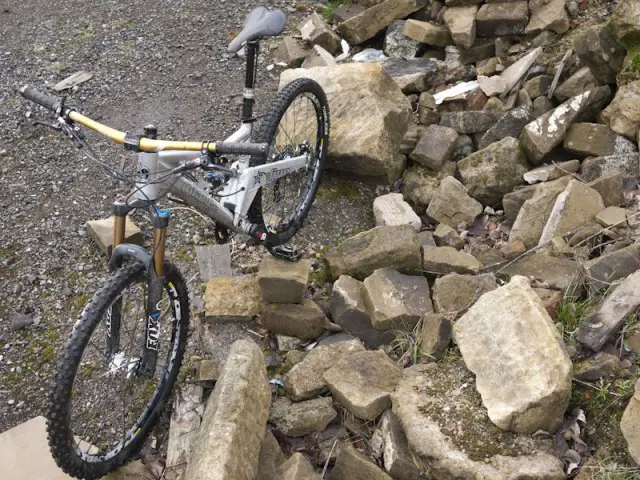
First off it’s probably worth talking about X0. Not so long ago X0 was SRAM’s flagship groupset levelled directly at Shimano’s range-topping XTR, but then SRAM pulled out XX, it’s über-expensive, no-holds-barred, every gram shaved, XTR slayer. Which left SRAM with a bit of an odd problem.
Rather than people thinking that XX was a groupset aimed above XTR people drew comparisons between the two. Unsurprising really, as XTR is the best you can get from Big Blue and XX is the best you can get from Big Red. The problem with that is X0 then gets demoted and compared to Shimano’s second from the top XT rather than XTR. Why’s that a problem? Well on paper X0 looks mightily expensive compared to XT. An X0 rear mech is £209, an XT rear mech is £69.99, even an XTR rear mech is ‘only’ £169. So more expensive than Shimano’s flagship product and in the consumers mind at an XT level. Like it or not Shimano is the benchmark against which all others, especially SRAM, are judged. Just because you say something is a level above your competitor doesn’t mean people will view it as such.
Anyhow, before digging out the tool box I threw all the shiny X0 onto some scales, so here’s some numbers:
Rear Mech: 198g, £209.99
Front Mech: 124g, £59.99
Crankset (39/26): 674g, £379.99
Bottom Bracket: 106g
Cassette (XG1080): 239g, £224.99
Chain: 256g
Shifter (With inner cable): 118g, £212.99
Brakeset (Rear Caliper/lever/hose): 274g, £249.99
Rotor (185mm): 160g
The build went together easily enough, in the case of the BB a bit too easily as it went in all the way by hand, no tools required. Loctite is required. The rear mech had me scratching my head as no matter what I did I couldn’t get it to go into the largest cog, it took a fresh pair of eyes and a screwdriver courtesy of George at Blazing Saddles to get it sorted. The biggest problem I had though was getting the 10 speed cassette onto the Crank Brothers Cobalt freehub, I couldn’t fit all the cogs on. In theory a 10 speed cassette is the same width as a 9 speed cassette yet the SRAM XG1080 wouldn’t fit. It would however fit on the Mavic Crossmax ST freehub so the fault seems to lie with the wheels and not the cassette.
So, 2×10. If you’d read through the Singletrack Editors’ Choice Awards back in issue 62 you’d be forgiven for thinking that 2×10 was The Future, everyone was gushing over it. Apart from me. Not because I had any negative feelings about it but because I hadn’t ridden it enough to have made a decision either way. I was interested to see how I’d get on with a reduced number of gears and without a bashguard on the Five as I tend to use both a lot.
The thing I was most curious about though was how it would affect the suspension. Most full suspension trail bikes are designed to use their suspension most effectively with a 32 tooth chainring, after all this is the chainring most people spend most of the time riding in, yet SRAM don’t offer a double ring chainset with a 32 tooth chainring. With that in mind I asked Dave Flynn, Orange’s media handler, three questions.
Is the Five’s suspension designed to work at its best with a certain sized chainring?
If so, what affect would there be if a rider used a larger or smaller than optimum chainring ?
Who’d win in a fight you or Vaughan (Orange’s paint shop maestro)?
The Five was very much designed around the traditional three ring or double/bash setup. Thankfully, most still opt for this option. The single ring guys are also catered for perfectly with the pivot position – optimised for 1×10, 3×10 or double/bash setup. Where the pivot placement is theoretically compromised is with a Sram 2×10 setup (Shimano XTR race variations don’t fit), frequently used front ring too small, there’ll be a little kickback compromising efficiency when you’re out of the saddle. The ring too big, there’ll be some compromise in sensitivity when the suspension is trying to work whilst under load from the chain. The important thing to remember is the matter isn’t cut and shut, in the small ring traction is improved but efficiency compromised, on a 140mm trail bike, who’s out of the saddle hammering the climbs? Certainly not me…
So while all setups work with different benefits, the Five was always designed around running a 32-36 tooth ring as your main hammering along gear setup. For me? Much of this seems academic on the trail, the pivot position in the granny gear can cause bob if you’re mashing the gears, but sit down and spin like a man! Compromise in the big ring? That doesn’t matter too much, you’re never cranking the really rough stuff. Big hits and not underload, it doesn’t particularly make a difference either way. As you know, I’m not particularly technical, but from where I stand (or sit when I’m climbing), I prefer running a standard triple or single ring setup depending what I’m riding, 2×10 is way too 2010…
And come on!! Vaughan versus big guns Flynn, if it’s not clear enough I’ll come over there and…well, probably say hi sheepishly…
I’ll leave you with that for now but I’ll be posting another report soon with riding impressions of the X0…
Review Info
| Brand: | |
| Product: | |
| From: | |
| Price: | |
| Tested: | by for |
Comments (19)
Leave Reply
Post Comment
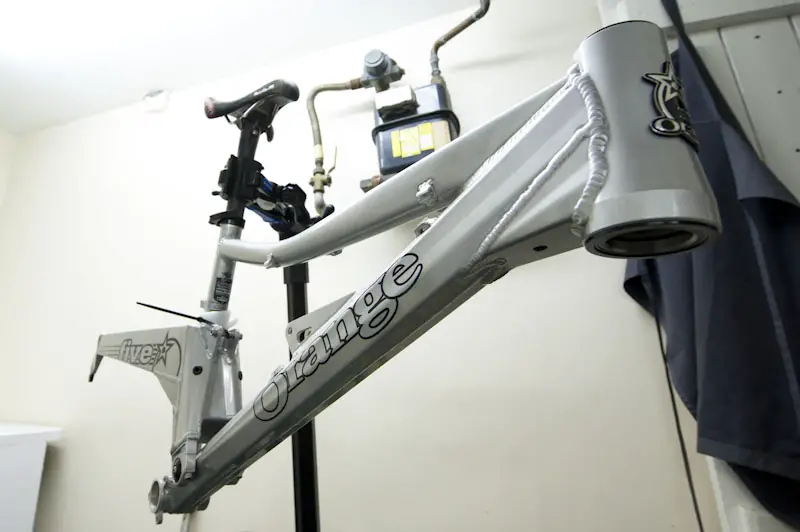

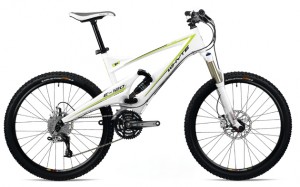

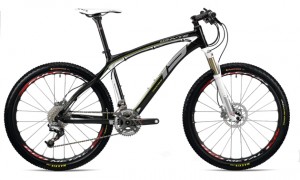

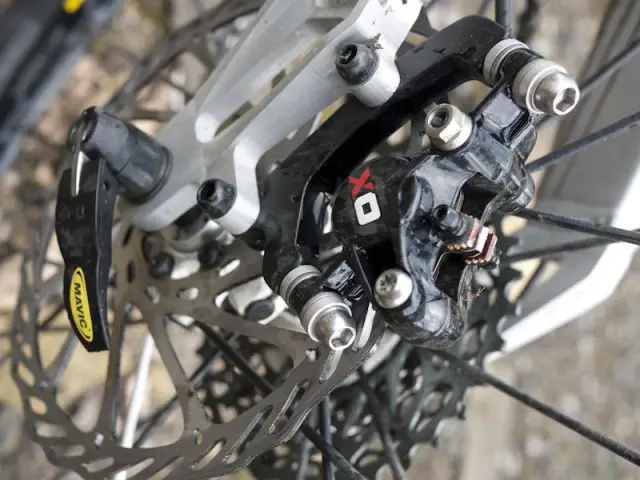
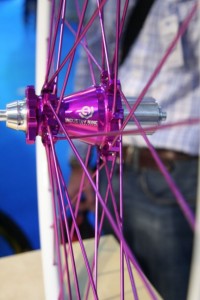
nice one Sim, thanks. looking fwd to the ride reports. which size is the frame? sorry if I’ve missed that somewhere.
Sorry???? £225 for a Cassette? are they barking mad? i don’t care if it pedals the bike for me, i’ll stick with XT!!
nice looking ride though
I’m with daver 27. I’ve got a solo 24 coming up and I can’t stand the prospect, even on a race bike of a £200 + cassette. Does the £1/g of saving thing apply here? I admire the fabrication but am too tight to take the plunge.
Dave what does that weight as is in the picture?
sorry *weigh*
If the prices comes as a shock to you, you’re not the target consumer.
It’s for those who have the cash to drop without battering an eye lid. Along with their £3K frame, £1k forks, £1k wheels….
For us mortals, it’s X0 and below…
“For us mortals, it’s X0 and below…”
This is XO?
XO is a rip off. In my eyes at least. Don’t know anyone who can personally afford, or more to the point justify, XO let alone XX. Prefer the way Shimano shifts anyway.
Is this a Cycling Journo voicing reservations about new MTB 10 speed drivetrains?
Do the riding public at last have a voice?
What exactly EVER WAS the advantage of having a higher low gear and a lower high gear ANYWAY?????????????????????
Good for you SIM. Give us an honest opinion.
I’ve been running 1×9 on my Strange 5 for over a year don’t miss the other 2 rings for most of the rides, (34 front to 32-11 rear) I’m drawn to a 36 front and 36-11 rear on the 1 x 10, will it be better Mr Sim ?
Sram XO 2×10 wasn’t nice/easy enough for me during a long Church Stretton ride t’other week. Had to get off on a couple of spots where I usually (just about) manage to scrabble up with a granny ring.
Is X0 closer to XTR than XT then?
X7 = SLX
X9 = XT
X0 = XTR
XX = XTR + Yumeya?
Also Sim, do you know what Blazing Saddles George did to get you the largest cog?
My xtr 10spd cassette runs fine on the cobalt wheels
what does it ride like?
Can’t afford X0 myself, I run an X9 shifter with X7 rear mech! Its cheap and works flawlessly without having to worry about hitting rocks!
Would love to know the weight too BTW!
“Is X0 closer to XTR than XT then?”
Yes.
What’s the weight Sim?
Just wondering what those bars are, they look lush!
Hi,
The completion of the bicycle is like that of factory?
If it is not like that, what have you done to the frame?
Thanks